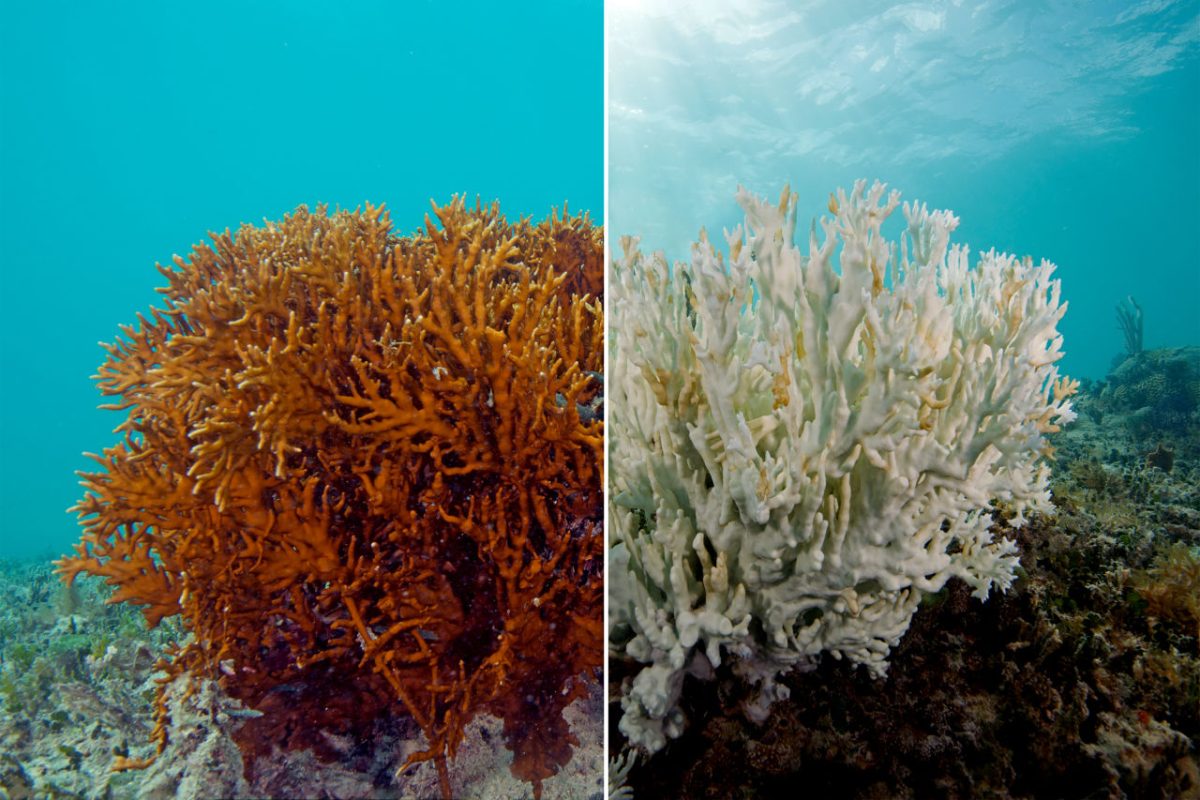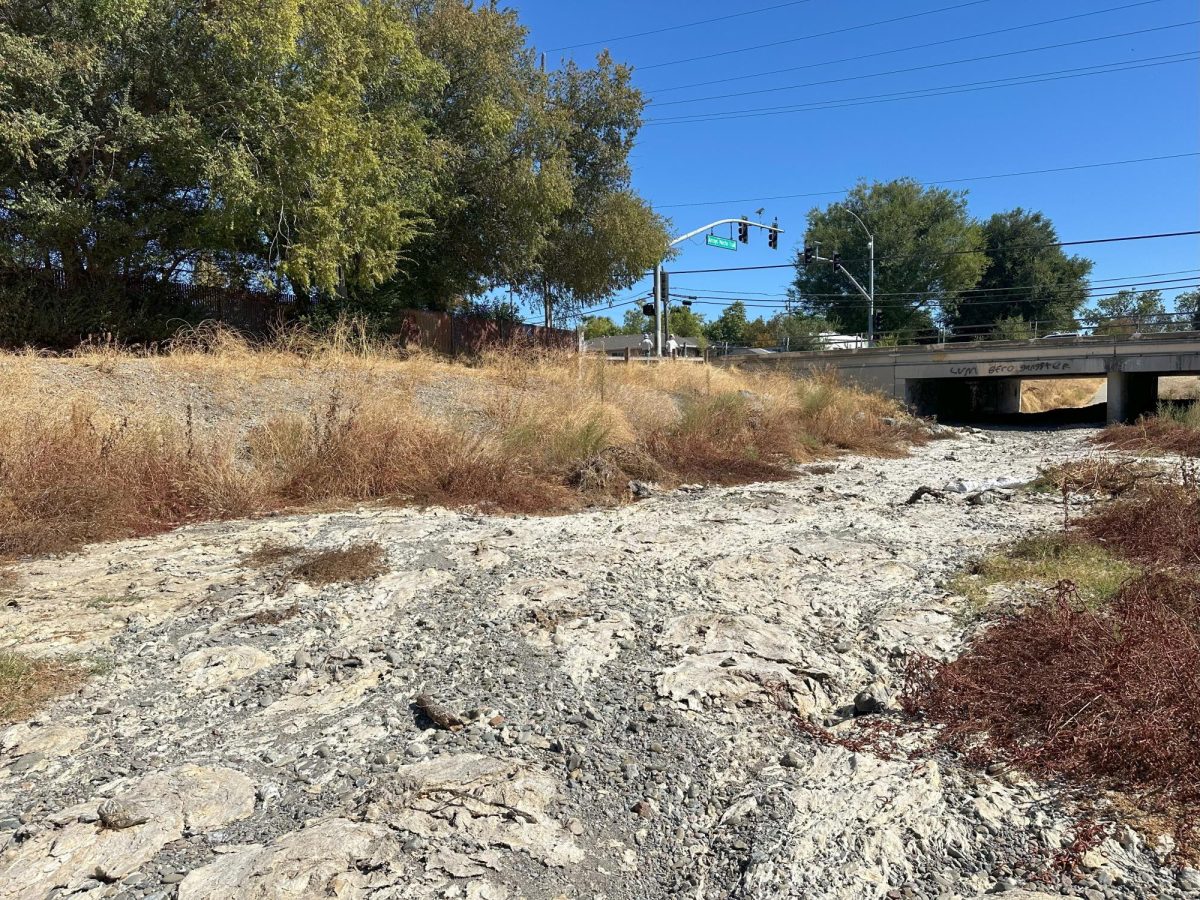Our Earth is plagued with environmental struggles and hardships that must be addressed. Throughout the last few decades it has become increasingly apparent that there are many problems that our planet is facing and many have been making an effort to help solve them, one of which is coral reef bleaching.
The International Coral Reef Initiative has announced that harmful bleaching of coral around the world has grown to include 84% of the ocean’s reefs in the worst event of its kind that has been recorded. This event is the fourth global coral bleaching since 1998 and has surpassed the event in 2014-2017 that affected about two-thirds of reefs, said the ICRI, which consists of over 100 governments, nongovernmental organizations as well as others. It remains unclear when this current crisis, which started in 2023, will end. Warming oceans is the apparent cause of this destruction and something must be done about it. CBS interviewed Mark Eakin, the executive secretary for the International Coral Reef Society and is a retired coral monitoring chief for the U.S. National Oceanic and Atmospheric Administration. In the interview, Eakin said “We’re looking at something that’s completely changing the face of our planet and the ability of our oceans to sustain lives and livelihoods”. The reefs present in the Pacific, Indian, and Atlantic oceans are actively being affected by this problem.
The culprit of this coral bleaching event, and others before it, is climate change. Earth’s hottest year ever recorded was just last year, and much of that heat is being released into the oceans. The average annual sea surface temperature of the oceans located away from the poles was a record of 69.57 degrees, which is deadly to corals. Coral reefs are essential to Earth’s ecosystems as they are key to seafood production and in protecting coastlines from both erosion and storms. These coral reefs support high levels of biodiversity and approximately 25% of all species of marine life in, on, and around the reefs. The bright colors that coral displays come from colorful algae that live inside of them and are also a source of food for the corals. Prolonged exposure to the constantly warming ocean causes the algae to release toxic compounds, which the coral eject. This leaves them with a stark white skeleton and weakens the coral which causes their risk of dying to heighten. The main cause of this bleaching event is climate change, specifically ocean warming and scientists say it’s becoming more and more essential to lower greenhouse gas emissions that warm the earth, including carbon dioxide and methane. The root cause of climate change is human emissions that mostly consist of burning fossil fuels. In order to help reduce the damage that climate change has on coral reefs, we need to recognize these negative effects and lower human emissions.
Additional Sources:
https://www.barrierreef.org/news/explainers/what-is-coral-bleaching





























